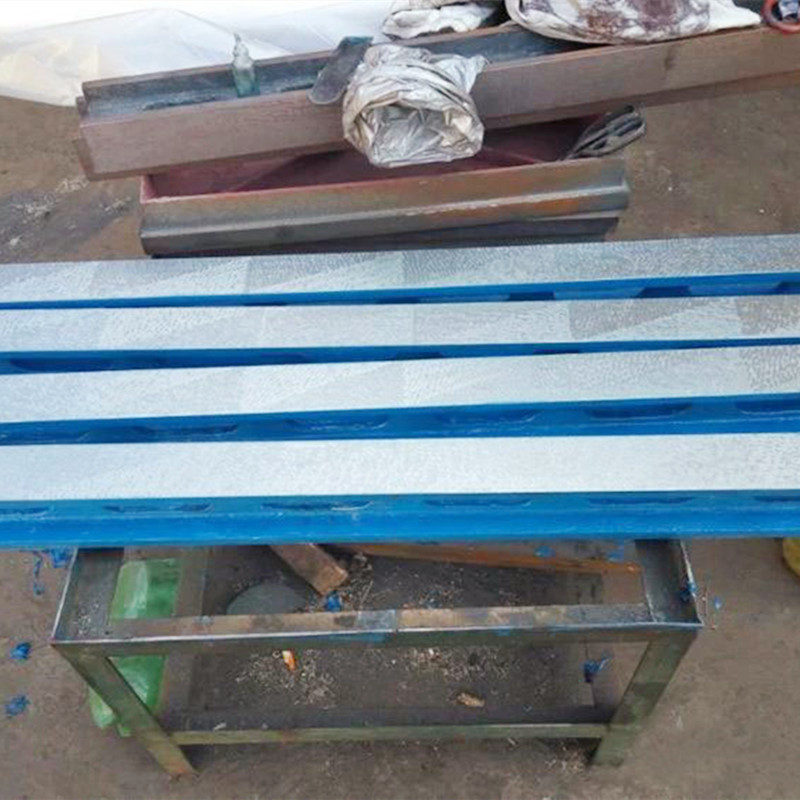Dec . 15, 2024 11:48 Back to list
Types of Threads for Pressure Gauge Connections and Applications
Understanding Pressure Gauge Thread Types
Pressure gauges are essential instruments used in various industries to measure the pressure of gases or liquids. To ensure proper installation and functionality of these gauges, it is vital to understand the different types of thread connections available. The choice of thread type can significantly impact the performance, safety, and reliability of pressure measurement systems. This article will explore the most common thread types used in pressure gauge connections, their applications, and considerations for selecting the appropriate type.
Common Thread Types
1. NPT (National Pipe Tapered) Threads NPT threads are among the most widely used in the United States and are characterized by their tapered profile, which helps create a seal as the threads are tightened. This feature makes them suitable for both gaseous and liquid applications, preventing leaks effectively. NPT threads are available in various sizes and are typically used in hydraulic systems, gas lines, and pneumatic applications.
2. BSP (British Standard Pipe) Threads BSP threads are popular in Europe and other parts of the world. They come in two varieties BSPP (parallel) and BSPT (tapered). The tapered design of BSPT is similar to NPT, offering a reliable seal when used with a suitable sealant or tape. In contrast, BSPP threads are parallel, requiring an additional O-ring or sealing washer for leak prevention. BSP threads are commonly found in plumbing, heating, and other fluid systems.
3. Metric Threads Metric threads are commonly used in Europe and feature a straightforward, equally spaced thread profile. ISO metric threads are prevalent in pressure gauges designed for European markets. These threads are often found in industrial applications and provide a robust connection. Proper care must be taken to ensure the accurate specification of thread diameter and pitch when using metric threads.
4. SAE (Society of Automotive Engineers) Threads SAE threads, particularly used in North America, are widely employed in automotive and hydraulic applications. Unlike NPT and BSP threads, SAE threads are generally straight and often require additional sealing elements, such as O-rings or sealing compounds, to prevent leaks. Understanding SAE thread standards is crucial for any applications involving automotive or machinery repairs.
Considerations for Selecting Thread Types
pressure gauge thread types

When selecting the appropriate thread type for a pressure gauge, several factors need consideration
- Application Requirements Depending on whether the application involves gases, liquids, or a specific industry standard, the choice of thread type can vary
.- Leak Prevention The ability of the thread type to create a reliable seal is paramount for safety and accuracy in pressure measurement. Tapered threads generally provide better sealing properties than parallel threads.
- Compatibility It’s important to ensure that the thread type of the pressure gauge matches that of the installation point to avoid compatibility issues and leaks.
- Material Compatibility Different materials may react differently with various fluids. Ensuring that both the gauge and connection threads are compatible with the substances they will encounter is essential for safety and performance.
Conclusion
Understanding pressure gauge thread types is crucial for ensuring accurate pressure measurement and safe operation in various applications. NPT, BSP, metric, and SAE threads each have their unique characteristics, advantages, and applications. By considering the specific requirements of a project or system, one can select the appropriate thread type to ensure optimal performance and reliability. Always consult technical specifications and industry standards to make informed decisions regarding thread types in pressure gauge installations.
-
Y Type Strainer Maintains System Efficiency Long TermNewsJul.15,2025
-
Valve Selection Guide for Industrial ApplicationsNewsJul.15,2025
-
Steel Fab Table Provides Durable Work Surface for WeldingNewsJul.15,2025
-
Pad Iron Provides Stable Support for Heavy MachineryNewsJul.15,2025
-
One Inch Check Valve Fits Standard Plumbing SystemsNewsJul.15,2025
-
Measuring Micrometer Ensures Precise Dimensional AccuracyNewsJul.15,2025
Related PRODUCTS









